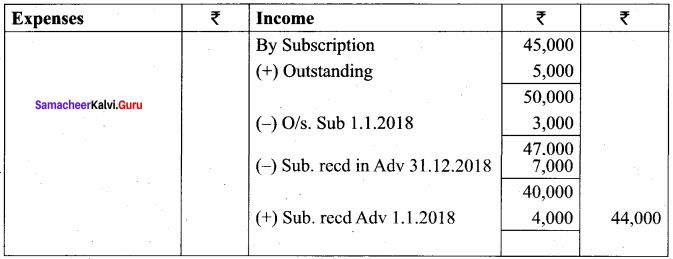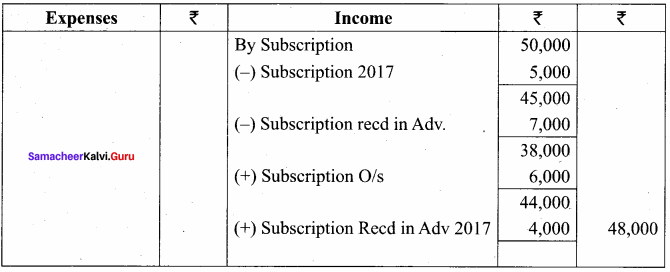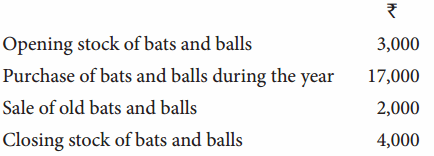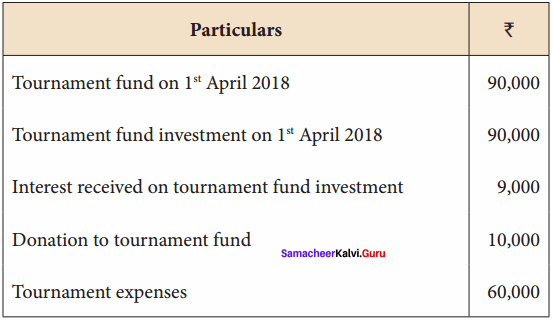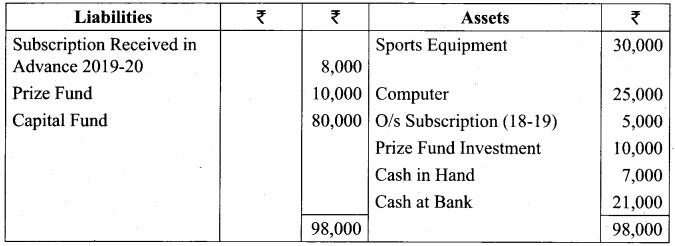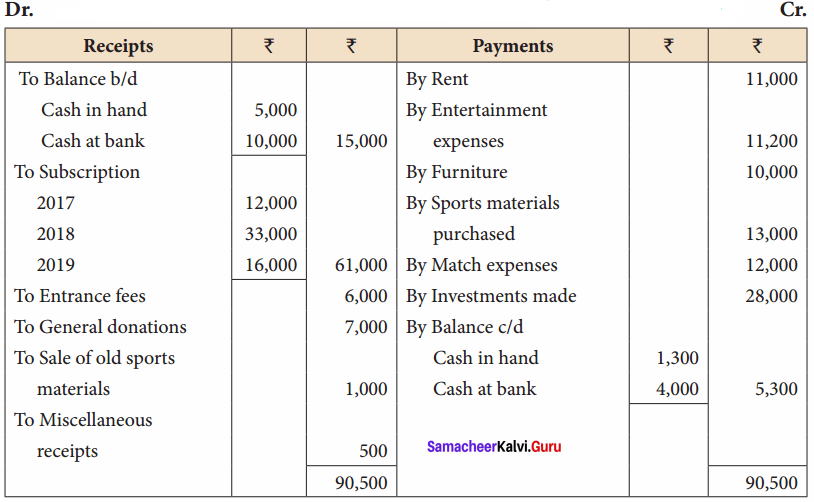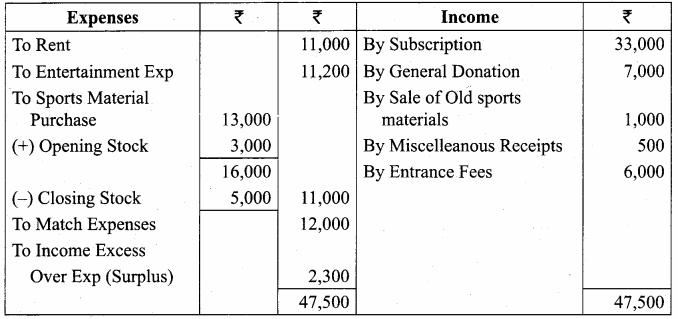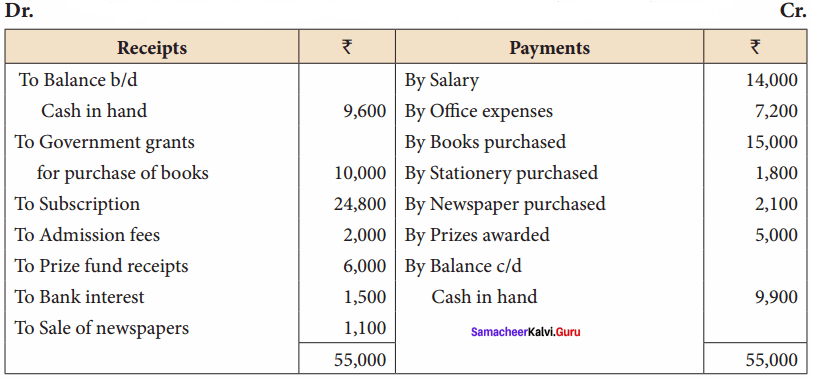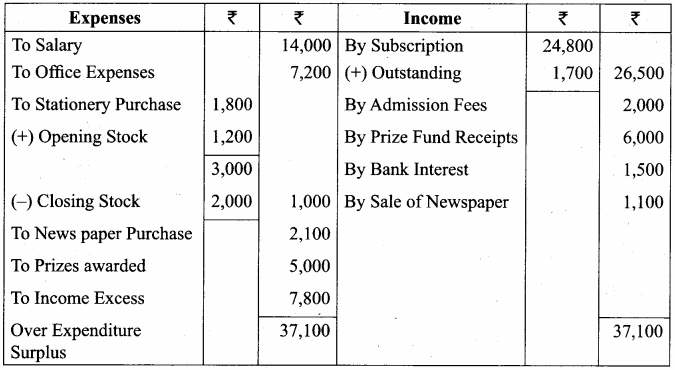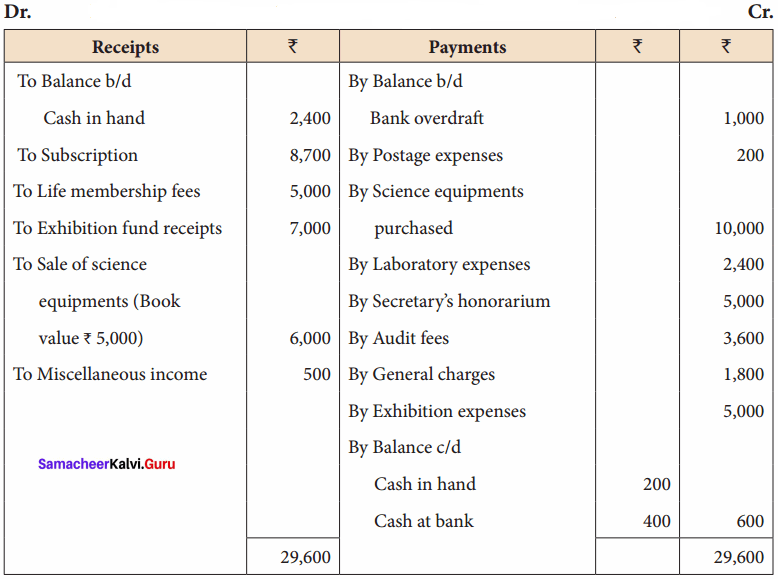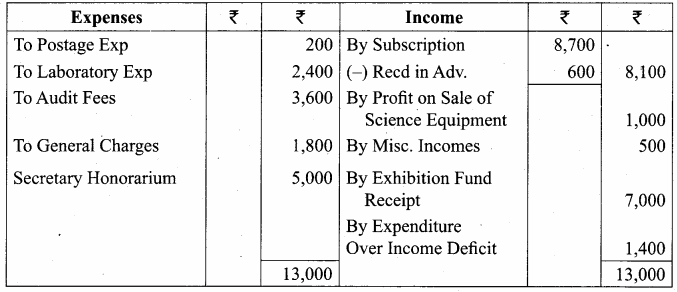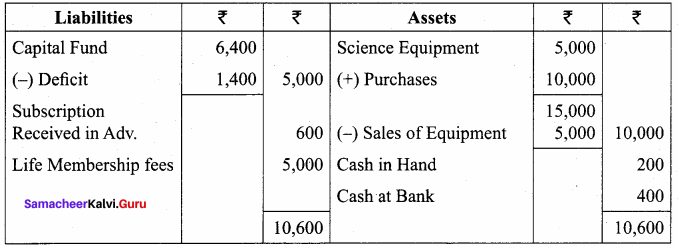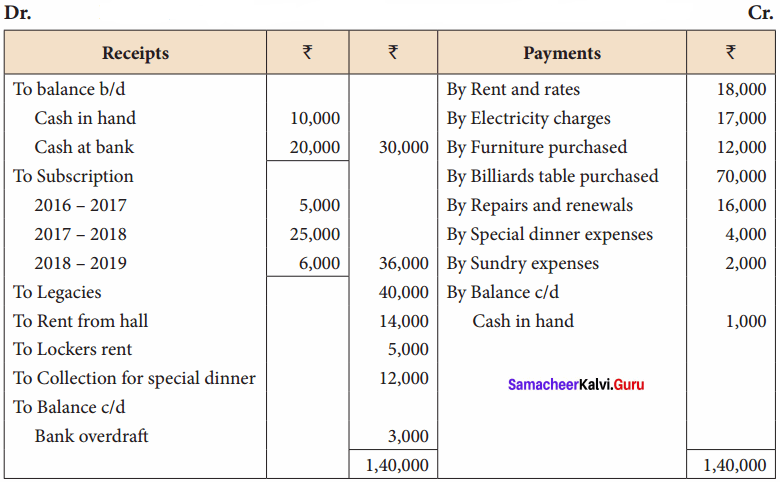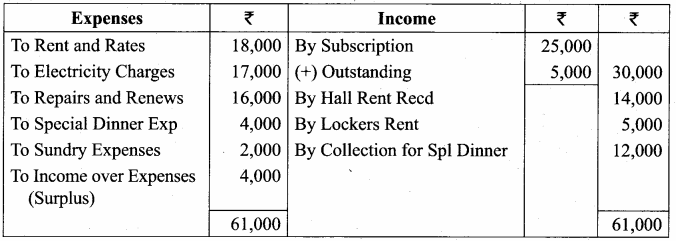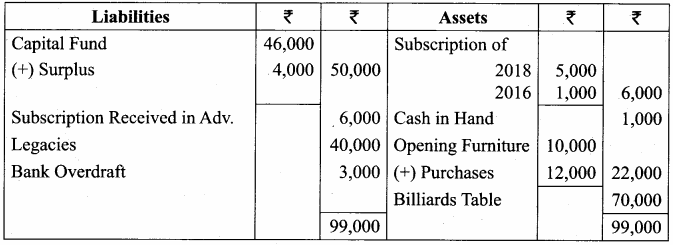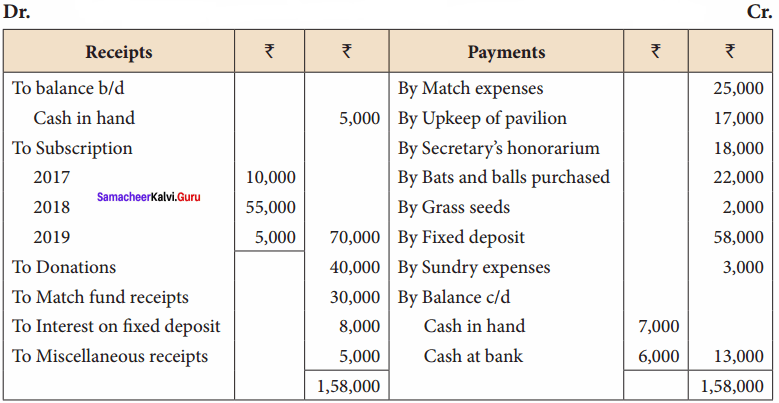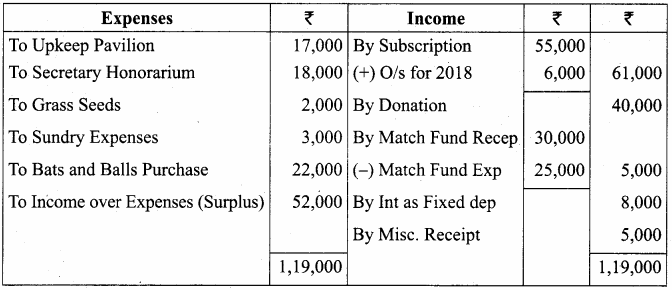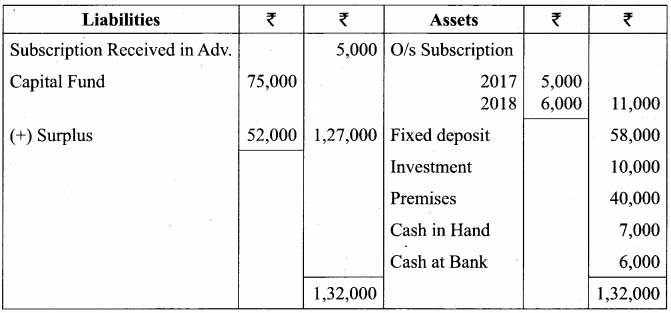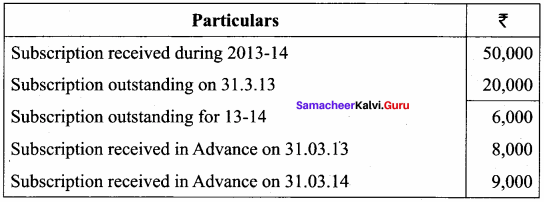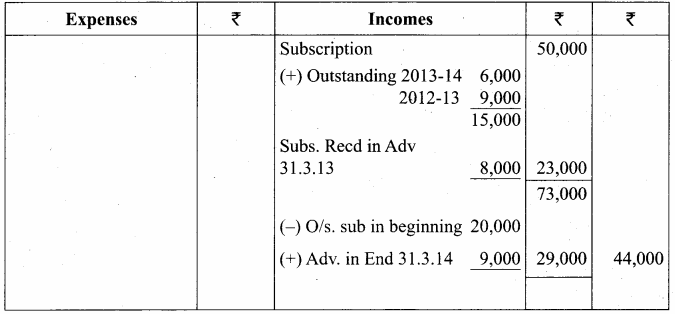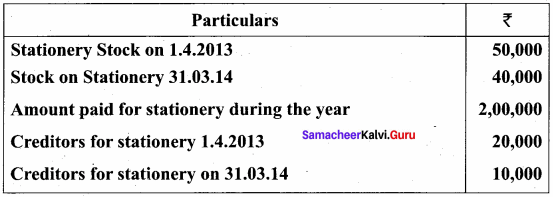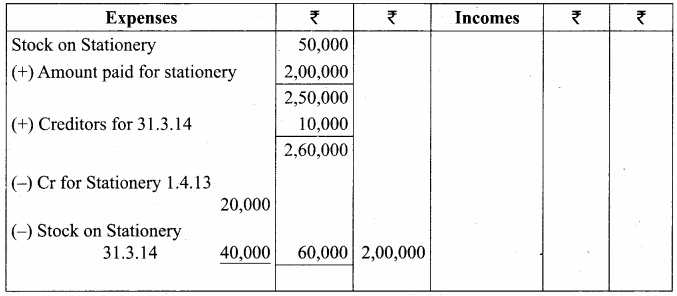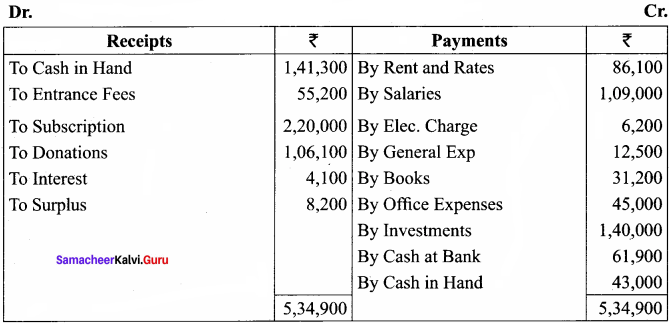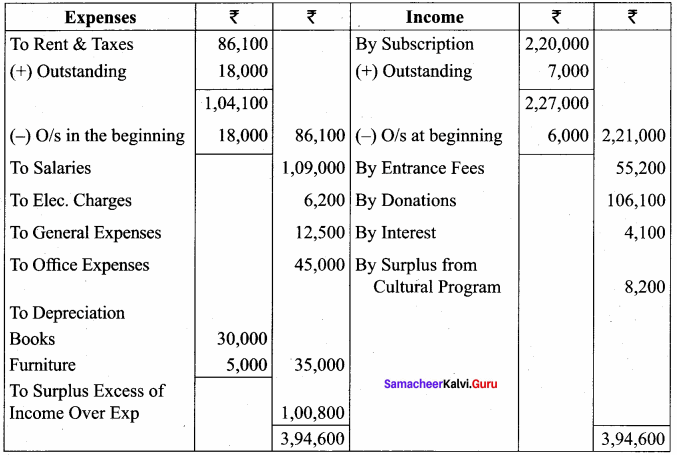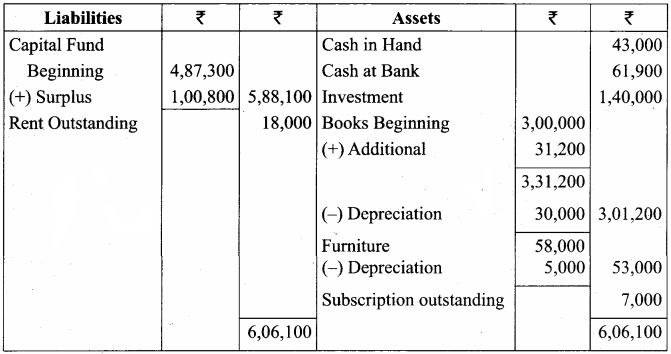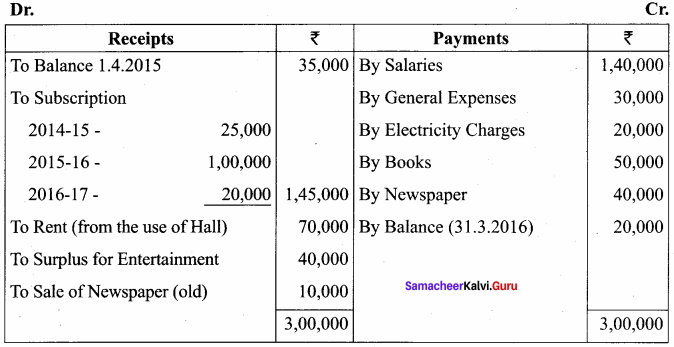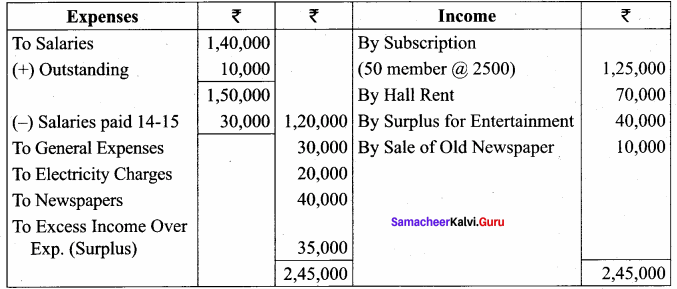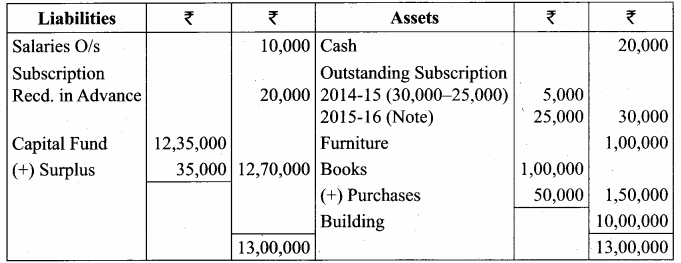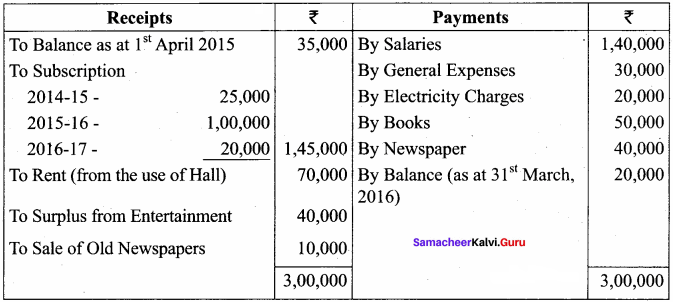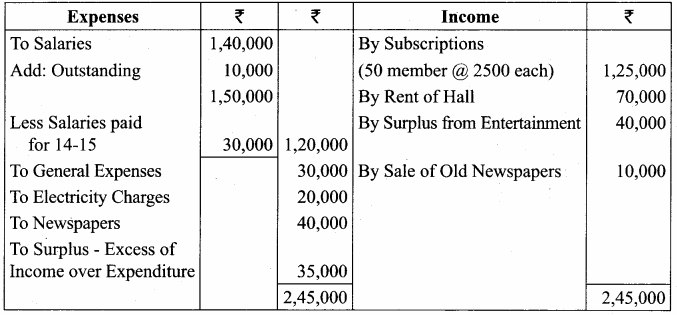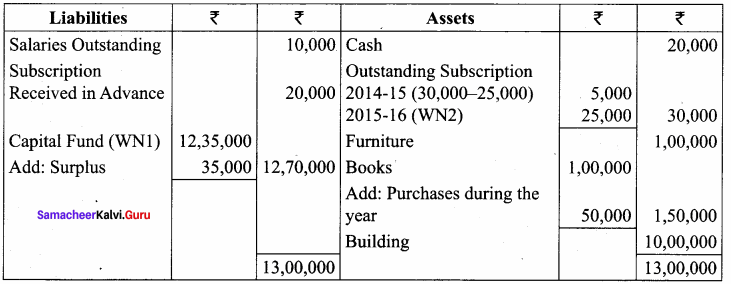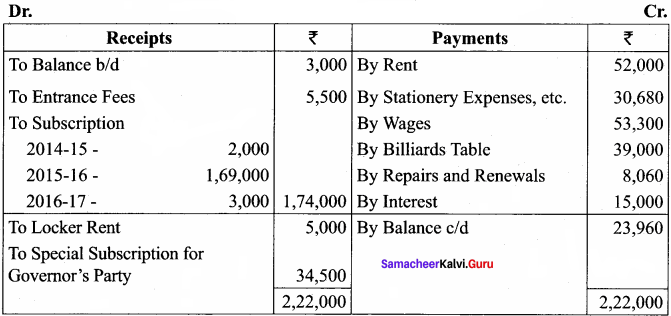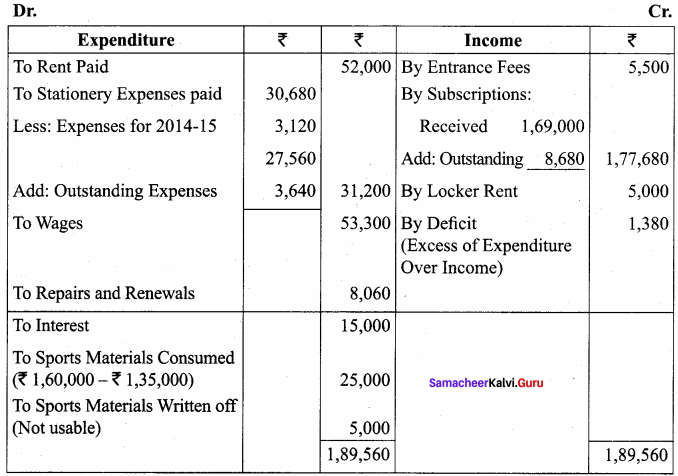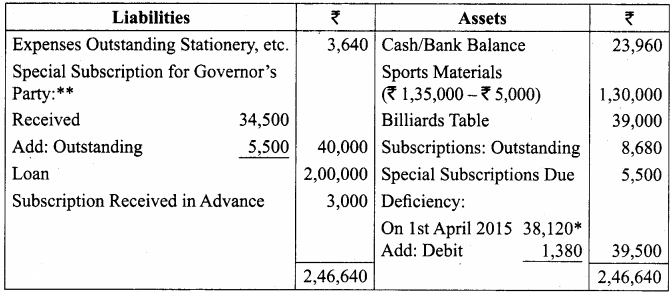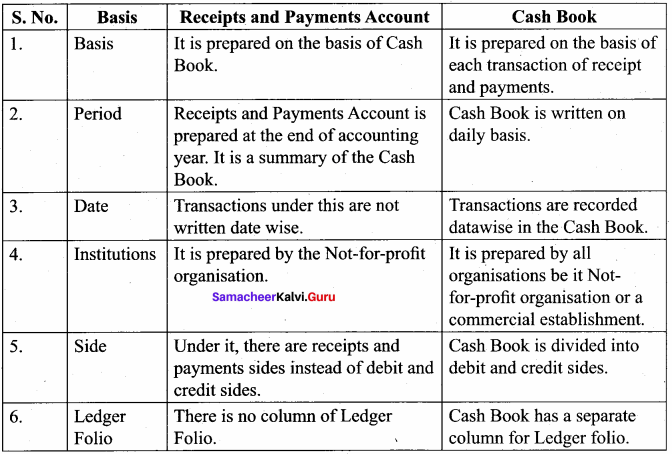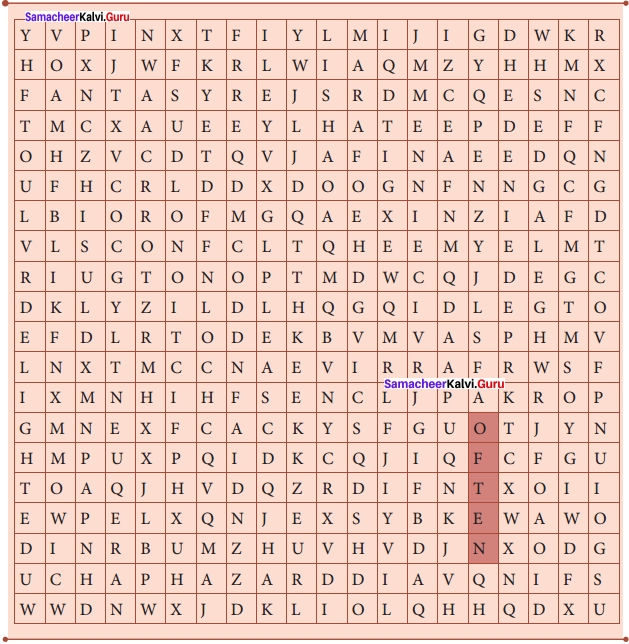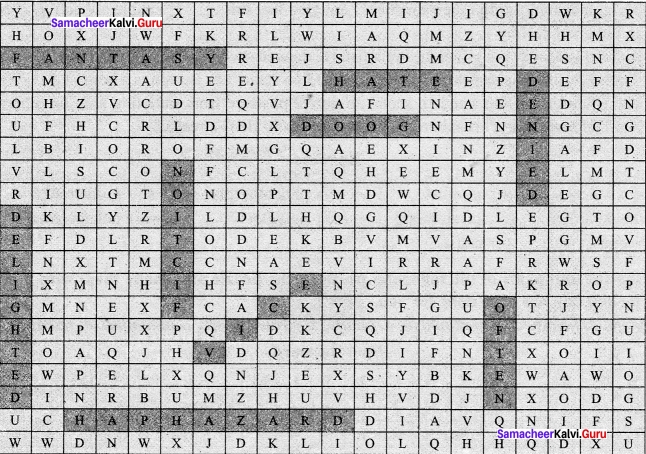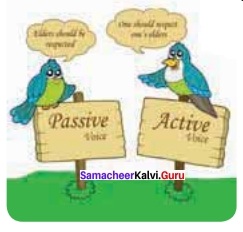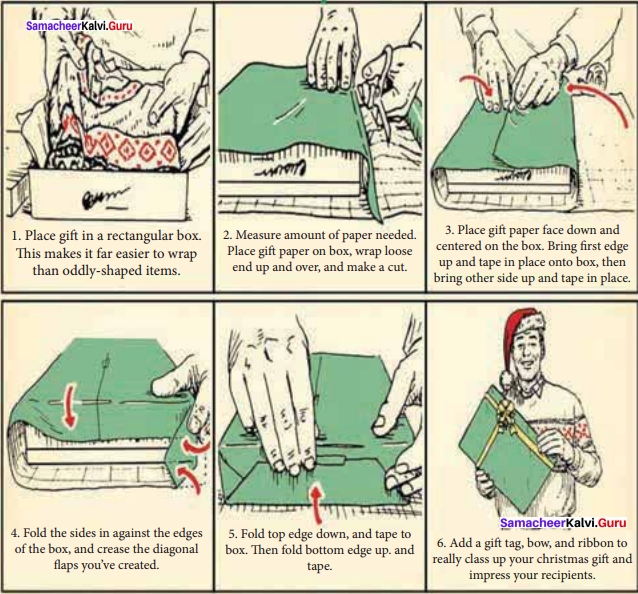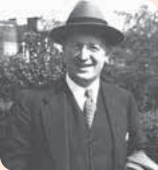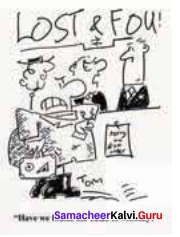Students can Download English Poem 2 Our Casuarina Tree Questions and Answers, Summary, Activity, Notes, Samacheer Kalvi 12th English Book Solutions Guide Pdf helps you to revise the complete Tamilnadu State Board New Syllabus and score more marks in your examinations.
Tamilnadu Samacheer Kalvi 12th English Solutions Poem Chapter 2 Our Casuarina Tree
Warm Up
12th English Our Casuarina Tree Paragraph Question 1.
You visit your school after several years. As you cross the banyan tree at the entrance, cheerful memories fill your mind. Fill the bubbles with a your memories.
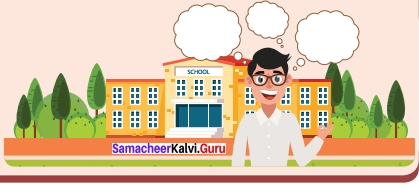
Answer:
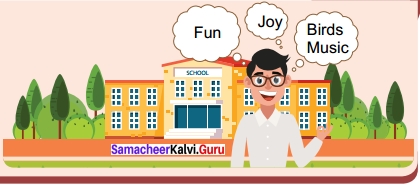
Samacheer Kalvi 12th English Our Casuarina Tree Textual Questions
1. Fill in the blanks choosing the words from the box given and complete the summary of the poem.
[python, statue, nature, casement, nostalgic, lamenting, impressive, forgotten, giant, consecrates, springing, sanctified]
The casuarina tree is tall and strong, with a creeper winding around it like a (1) _____ The tree stands like a (2) _____ with a colourful scarf of flowers. Birds surround the garden and the sweet song of the birds is heard. The poet is delighted to see the casuarina tree through her (3) _____ She sees a grey monkey sitting like a (4) _____ on top of the tree, the cows grazing and the water lilies (5) _____ in the pond. The poet feels that the tree is dear to her not for its (6) _____ appearance but for the (7) _____ memories of her happy childhood that it brings to her. She strongly believes that (8) _____ communicates with human beings. The poet could communicate with the tree even when she was in a far-off land as she could hear the tree (9) _____ her absence. The poet (10) _____ the tree’s memory to her loved ones, who are not alive. She immortalizes the tree through her poem like the poet Wordsworth who (11) _____ the yew tree of Borrowdale in verse. She expresses her wish that the tree should be remembered out of love and not just because it cannot be (12) _____
Answer:
- python
- giant
- casement
- statue
- springing
- impressive
- nostalgic
- nature
- lamenting
- consecrates
- sanctified
- forgotten
2. Based on your understanding of the poem, answer the following questions in one or two sentences each.
Our Casuarina Tree Poem Questions Answers Question (a)
What is the creeper compared to?
Answer:
The creeper is compared to a lady love.
Our Casuarina Tree Paragraph Question (b)
How does the creeper appear on the tree?
Answer:
The creeper appears like a huge python.
12th English Our Casuarina Tree Question (c)
Describe the garden during the night.
Answer:
At night, the garden overflows with endless melodious song sung by the dark king from the Casuarina Tree when the men are sleeping.
Our Casuarina Tree Poem Paragraph Question (d)
How does the poet spend her winter?
Answer:
In winter the poet observes a gray baboon that sits in the crust of Casuarina Tree. It looks like a statue sitting and watching the sunrise. At the same time, her young ones leap about and play in the lower branches of the tree.
Our Casuarina Tree Poem Book Back Answers Question (e)
Name the bird that sings in the poet’s garden.
Answer:
Nightingale sings in the poet’s garden.
Our Casuarina Tree Appreciation Questions Question (f)
Why is the casuarina tree dear to poet’s heart?
Answer:
Casuarina tree is dear to the poets’ heart because she and her childhood friends played under that tree.
Our Casuarina Tree Book Back Answers Question (g)
Does nature communicate with human beings?
Answer:
Yes, nature communicates with human beings. William Wordsworth is a strong advocate of this communication.
Our Casuarina Tree Poem 12th English Question (h)
What has Wordsworth sanctified in his poem?
Answer:
Wordsworth has sanctified trees in Borrowdale in his poems.
Our Casuarina Tree Questions Answers Question (i)
To whom does Toru Dutt want to consecrate the tree’s memory?
Answer:
Torn Dutt wants to consecrate the memories of the tree to her loved ones.
Our Casuarina Tree Class 12 Question (J)
The casuarina tree will be remembered for ever. Why?
Answer:
The casuarina tree will be remembered forever because it is immortalized in Toru Dutt’s poem.
Appreciate The Poem
3. Read the lines given below and answer the questions that follow.
(a) “A creeper climbs, in whose embraces bound
No other tree could live.’’
Our Casuarina Tree Poem Figures Of Speech Question (i)
Which tree is referred to in the above lines?
Answer:
Casuarina tree is referred to in the above line.
Casuarina Tree In Tamil Question (ii)
How does the tree survive the tight hold of the creeper?
Answer:
The tree takes the tight hold of the creeper like the embraces of a lady love. So, it doesn’t hurt the tree. It grows stronger bearing the bite marks of love.
Our Casuarina Tree Question And Answer Question (iii)
Why does Toru Dutt use the expression ‘a creeper climbs’?
Answer:
A creeper cannot grow without the support of another tree or a pole. While climbing, it tries to sap the energy from the living tree. If the creeper doesn’t climb, it would die without sunlight. So, the poet says the creeper climbs. It twines its body around the tree and keeps climbing.
(b) “The giant wears the scarf, and flowers are hung
In crimson clusters all the bough among!”
(i) Who is the giant here?
Answer:
Casuarina tree is the giant here.
(ii) Why is the scarf colourful?
Answer:
The scarf is colourful because the tight embrace of the creeper has caused the crimson colour on its outer skin. The poem has a reference to the three young Dutt’s who were affected by tuberculosis and eventually died. The creeper could also refer to TB which sapped the tree’s life.
(c) “Fear, trembling Hope, and Death, the skeleton,
And Time the shadow”, and though weak the verse That would thy beauty fain, oh, fain rehearse,
May Love defend tree from oblivion’s curse.”
Our Casuarina Tree Poem Summary In Tamil Question (i)
What does the poet mean by the expression ‘May love defend thee from oblivion’s curse?’
Answer:
Any living thing will have to meet death. But the poet deeply believes that her love for the tree would ensure its immortality. She will live for ever in her verses.
12th English Unit 2 Poem Question (ii)
What does the expression ‘fain’ convey?
Answer:
Fain means eagerly.
Our Casuarina Tree Summary In Tamil Question (iii)
What does the poet convey through the expression ‘Fear, trembling hope’?
Fear and trembling hope mean the fear of lurking death and trembling hope is that death may not attack in the near future.
Additional Questions
Read the lines given below and answer the questions that follow.
(a) “And oft at nights the garden overflows
With one sweet song that seems to have no close,
Sung darkling from our tree, while men repose ”
Question (i)
What overflows the garden at night?
Answer:
One sweet song overflows in the garden at night.
Question (ii)
What is called the ‘darkling’?
Answer:
Nightingale is called the darkling.
Question (iii)
When does the bird sing her sweet song?
Answer:
The bird sings her sweet song when people sleep at night.
Question (b)
“A gray baboon sits statue-like alone
Watching the sunrise; while on lower boughs
His puny offspring leap about and play; ”
Question (i)
What is called a baboon?
Answer:
Baboon is a type of large monkey.
Question (ii)
What is curious about the baboon?
Answer:
The baboon sits like a statue and watches sunrise from the crest of the Casuarina tree.
Question (iii)
What do the puny offsprings of the monkey do?
Answer:
The puny offsprings of the monkey were leaping and playing at the lower branches of the tree.
(c) “But not because of its magnificence Dear is the Casuarina to my soul:
Beneath it we have played; though years may roll,”
Question (i)
What is not the cause for Toru Dutt’s love for the Casuarina tree?
Answer:
The magnificance or the impressive appearance of the tree is not the cause for Toru Dutt’s love for the Casuarina tree.
Question (ii)
What makes the tree dear to the poet?
Answer:
As children, the poet and her friends had played under the tree. This experience has made the tree dear to the poet.
Question (iii)
What is the poet unable to forget despite the passage of years?
Answer:
The poet is unable to forget the wonderful time she had under the tree with her friends.
(d) “For your sakes, shall the tree be ever dear.
Blent with your images, it shall arise
In memory, till the hot tears blind mine eyes!”
Question (i)
For whose sake the trees will be dear to the poet?
Answer:
For the sake of three younger Dutts who died of Tuberculosis, the tree will be dear to Toru ‘ Dutt.
Question (ii)
Whose images bring out hot tears?
Answer:
The images of siblings who died due to TB bring out hot tears.
Question (iii)
What blinds the poets’ eyes?
Answer:
Tears fill and blind her eyes.
Question (e)
“ What is that dirge-like murmur that I hear Like the sea breaking on a shingle-beach?
Answer:
It is the tree’s lament, an eerie speech, ”
Question (i)
What do you mean by dirge?
Answer:
‘Dirge’ means a lament for the dead.
Question (ii)
Why does the tree lament?
Answer:
The tree laments the absence of the poet.
Question (iii)
What appears to be an “eerie speech”?
The dirge like murmer appears to be an “eerie speech”.
OR
What do you mean by “eerie speech?”
Eerie speech means unearthly or ghostly speech.
(f) “Mine inner vision rose a form sublime,
Thy form, O Tree, as in my happy prime
I saw tbiee, in my own loved native clime.”
Question (i)
What rose in the mind of the poet?
Answer:
A glorious inner vision rose in the mind of the poet.
Question (ii)
What was found in the sublime inner vision?
Answer:
The tree’s youthful and handsome figure was found in the inner vision of the poet.
(iii) What do you mean by native clime?
Answer:
It means natural climate in the home background.
(g) “Therefore I fain rould consecrate a lay
Unto thy honor, Tree, beloved of those
Who now in blessed sleep for aye repose,”
Question (i)
What does the poet want to do?
Answer:
The poet wants to consecrate the tree.
Question (ii)
In whose honour does she want to consecrate the tree?
Answer:
She wants to consecrate the tree to the memory of her beloved siblings.
Question (iii)
What does ‘blessed sleep’ mean?
Answer:
‘Blessed sleep’ means death.
Question (h)
“Maysi thou be numbered when my days are done
With deathless trees – like those in Borrowdale,
Under whose awful branches lingered pale’”
Question (i)
What does the poet predict in the words “when my days are done”?
Answer:
The poet predicts her own death in the words “when my days are done”.
Question (iii)
What were the condition of the trees in Borrowdale?
Answer:
The tree was ageing fast. It looked sickly as if it was waiting for the sickle of death.
Question (iii)
Who made the tree deathless? How?
Answer:
William Wordsworth sang about the trees in Borrowdale and thus the trees became deathless.
4. Explain the following lines with reference to the context.
Question (a)
“Dear is the Casuarina to my soul;”
Answer:
Reference: These words are from the poem ‘Our Casuarina Tree” written by Torn Dutt.
Context and Explanation: The poet says this while highlighting the importance of Casuarina tree in her life. The poet explains that she, her friends and siblings have spent long hours playing and enjoying themselves under the tree’s shade. So, it is dear to her soul.
Question (b)
“It is the tree’s lament, an eerie speech,…”
Answer:
Reference: These words are from the poem ‘Our Casuarina Tree” written by Torn Dutt.
Context and Explanation: The poet says these words while explaining the grief experienced by the Casuarina tree in the long spells of her absence. Even when she was as far as in the coasts of Italy and France she could hear the murmer of grief or lament from her tree. It appeared an eerie speech.
Question (c)
“Unto thy honor, Tree, beloved of those
Who now in blessed sleep for aye repose,”
Answer:
Reference; These lines are from the poem ‘Our Casuarina Tree” written by Torn Dutt.
Context and Explanation: The poet says this while consecrating the memories of the tree to the dear departed. The poet remembers with pain three younger Dutts who succumbed to tuberculosis.
Additional Questions
Explain the following lines with reference to the context.
Question (a)
“A creeper climbs, in whose embraces bound No other tree could live”
Answer:
Reference: These words are from the poem ‘Our Casuarina Tree” written by Torn Dutt.
Context and Explanation: The poet says this while appreciating the strength of her Casuarina tree. The creeper saps the tree for its survival and growth. But the tree treats the creeper’s tight hold as a lover’s embrace. It ignores bite marks oflove.lt allows the creeper to lean on its trunk and live. The tree also grows stout and strong.
Question (b)
“The giant wears the scarf, and flowers are hung”
Answer:
Reference: These words are from the poem ‘Our Casuarina Tree” written by Toru Dutt.
Context and Explanation: The poet says these words while describing the might of the Casuarina tree. The climber has climbed around the tree like a python trying to sap its life out. But the gallant tree wears the creeper like a scarf around its neck. The poet calls the tree a ‘giant’ unmindful of the attempt of the creeper to strangle it.
Question (c)
“Sung darkling from our tree, while men repose”
Answer:
Reference: These lines are from the poem ‘Our Casuarina Tree” written by Toru Dutt.
Context and Explanation: The poet says this while describing Casuarina and its inhabitants at night. When men are sleeping, Darkling (i.e.) Nightingale sings sweetly from the Casuarina tree. It is a kind of a lullaby to sleeping humans.
Question (d)
“When first my casement is wide open thrown
At dawn, my eyes delighted on it rest;”
Answer:
Reference: These lines are from the poem ‘Our Casuarina Tree” written by Toru Dutt.
Context and Explanation: The poet says these words while talking about the early influences of the Casuarina tree in her life. Her day started with seeing the tree with delight. The very first thing she used to see was the Casuarina tree through her casement (i.e.) door like window.
Question (e)
“Unknown, yet well-known to the eye of faith! Ah,
I have heard that wail far, far away”
Reference: These words are from the poem ‘Our Casuarina Tree” written by Toru Dutt.
Context and Explanation: The poet says these words while talking about the faith-fuelled communication between herself and the Casuarina though divided by thousands of kilometers of distance. William Wordsworth also could sense communication of nature similar to Toru Dutt. The tree and the poet shared an emotional bond. Even when she was far away she could hear the ‘wail’ or lament of the tree expressing the grief of missing her presence.
Question (f)
“Thy form, O Tree, as in my happy prime
I saw thee, in my own loved native clime.”
Answer:
Reference: These lines are from the poem ‘Our Casuarina Tree” written by Toru Dutt.
Context and Explanation: The poet says these words recalling the appearance of the lush green giant Casuarina tree when she was a little girl. The image of the giant Casuarina tree is etched in the memory of the poet.
(g) “Dearer than life to me, alas, were they!”
Answer:
Reference: These lines are from the poem ‘Our Casuarina Tree” written by Toru Dutt.
Context and Explanation: The poet says these words while recalling younger Dutts who had succumbed to Tuberculosis. She remembers with poignance the numerous days they had spent under the Casuarina tree.
Question (h)
“May Love defend thee from oblivion’s curse. ”
Answer:
Reference: These lines are from the poem ‘Our Casuarina Tree” written by Tom Dutt.
Context and Explanation: The poet says these words while expressing her wish to ensure the immortality of the tree. Her love for the Casuarina tree frozen in her poem will invariably help the tree to escape the curse of death and death-caused oblivion or forgetfulness.
Question (i)
“Mays/ thou be numbered when my days are done With deathless trees – like those in Borrowdale,”
Answer:
Reference: These lines are from the poem ‘Our Casuarina Tree” written by Tom Dutt.
Context and Explanation: The poet says these words while sharing her obvious concern for the ageing Casuarina tree. She is sure that the tree may meet the fate of humans and all other trees. But her unfathomable love for the tree influences her to make it as immortal as the yew tree in Borrowdale which was immortalized by William Wordsworth.
5. Identify the figure of speech used in each of the extracts given below and write down the answer in the space given below. The first one is done for yon.
Question (а)
“LIKE a huge Python, winding round and round
The rugged trunk, indented deep with scars”,
Answer:
Zoomorphism / Simile
Question (b)
“A creeper climbs, in whose embraces bound
No other tree could live. But gallantly
The giant wears the scarf, and flowers are hung. ”
Answer:
Personification (As the creeper is said to embrace the tree, the tree also gallantly, like a bold lover, accepts the embrace)
Question (c)
“A gray baboon sits statue-like aloner”
Answer:
Simile
Question (d)
“The water-lilies spring, like snow enmassed.”
Answer:
Simile
Question (e)
“ What is that dirge – like murmur that I hear Like the sea breaking on a shingle – beach?”
Answer:
Simile
Additional Questions
Identify the figure of speech used in each of the extracts given below and write down the answer in the space given below. The first one is done for you.
Question (a)
“It is the tree’s lament, ”
Answer:
Personification
Question (b)
“Fear trembling hope. ”
Answer:
Personification
Question (e)
“Time the shadow”
Answer:
Metaphor
Question (d)
“The giant wears the scarf”
Answer:
Personification
Question (e)
“Like snow enmassed”
Answer:
Simile
Question (f)
“The waves gently kissed”
Answer:
Personification
Question (g)
“The earth lay tranced in dreamless…”
Answer:
Personification
Question (h)
“Ah, I have heard that wail far awayn
Answer:
Personification
6. Answer each of the following questions in a paragraph of 100 -150 words.
Question (a)
Describe the reminiscences of the poet, when she sees the casuarina tree.
Answer:
The poet remembers how her days started with the sight of the Casuarina tree from her casement. She remembers how her loving companions played under the giant Casuarina tree. The memory of her beloved companions bring hot tears because they had succumbed to cruel tuberculosis. She remembers how well the tree accomodated birds to sing songs duimg days and nights. The tree had allowed the creeper to embrace it like a lady love. Though it sapped its vitality, like a gallant lover, allowed the creeper to stay around its neck like a scarf. She remembers how a baboon seated at the crest of the tree had watched beautiful sunrise while her young ones were leaping and playing in the lower branches of the giant tree.
Question (b)
How does nature communicate with the poet?
Answer:
Like Wordsworth, Toru Dutt is also a great lover of nature. She has also had mystical experiences in communion with nature. The emotional bonding between herself and the giant Casuarina tree is beyond reason. When she is away on the shores of Italy and France, she could distinctly hear the dirge-like murmer of her beloved tree who obviously missed her. She could perceive it as the tree’s lament and eerie speech expressing its anguish over the long spells of her absence. Ordinary human eyes will fail to perceive the distinct communication of the Casuarina tree. But through the eyes of faith, similar to William Wordsworth’s inward eye in the poem ‘Daffodils’ it is possible. She was able to vividly see in her inner vision the sublime form of the Casuarina tree. The surprising thing is that she was able to see the tree in its prime in her own “loved native clime.”
Question (c)
The poet immortalizes the tree. Elucidate.
Answer:
The poet, Toru Dutt was conscious of the fact that her most endeared Casuarina tree was growing old. The fate that befalls aged humans and trees would ultimately grab the Casuarina tree too. Time, though slow, is ready with its sickle to harvest the lives of all living things. Being a well-read poet, she recalls how William Wordsworth had immortalised his favourite lonely tall yew tree in his poem, “Yew-trees”. Taking inspiration from him, she decides to prevent her favourite tree from dying and passing into the irreversible world of oblivion by writing a poem about the tree. True to her faith the tree lives on in our memories. As long as tongues can speak and eyes can see, the Casuarina tree will live in the hearts of millions of people till the end of the world.
Additional Questions
Question (a)
Give a summary of the poem
“Our casuatina tree”
Answer:
The poet Toru Dutt describes the perpetually young Casuarina tree in this poem. The tree is tall and mighty. A creeper winds around its huge and wide trunk like a python. Birds chirp happily. The poet is ecstatic seeing the tree from her casement / window. In fact, she greets the tree everyday soon after getting up from bed. She finds a baboon sitting like a statue on top of the tree. The cows are grazing in the lush green meadows around the tree. Water lilies add to the charm of the pond. She recalls that the tree is dear not because of its majestic looks but because of the nostalgic memories attached to it.
She remembers the happy times she had spent with her siblings, who are now no more, under the tree. They died of consumption. Their absence makes the tree much more endearing to the poet. Mysteriously she hears the grief-filled lament of the tree when she is on the shores of France and Italy. She consecrates the tree’s memory to her dear departed siblings. Taking inspiration from William Wordsworth’s poem ‘Yew-trees’, she also wishes to immortalize the Cauarina tree. So she sings about it in her poem.
Listening Activity
First read the questions given below, then listen to the poem, read aloud by the teacher or played on an audio player. Then answer the questions based on your listening of the poem.
Midnight Wonders
I was tossing in my bedin the midnight hour, struggling to get a wink of sleep, but my eyes lay on the clock tower.
I looked upon the dark sky; it was adorned with sparkling pearls, which giggled at meand put a shine to my curls.
I gazed at the chubby moon, who was white and glistening like milk. Gave me a lovely, motherly smile through her lips as rosy pink.
All these magnificent objects made my mind calm. My eyelids started drooping. I was grateful for their wonderful charm.
Nature had arrived to aid me when I was trying to catch sleep. She, with her caring palms, lulled me to a slumber, so deep.
Question 1.
The poet was tossing in the bed awake because ________
(a) he was worried
(b) he was struggling to sleep
(c) it was day time
(d) he was tired
Answer:
(b) he was struggling to sleep
Question 2.
The ________ were ‘sparkling as pearls’.
(a) moon
(b) sun
(c) stars
(d) meteoroids
Answer:
(c) stars
Question 3.
The ________ gave the poet a motherly smile.
(a) sun
(b) stars
(c) moon
(d) sky
Answer:
(c) moon
Question 4.
________ made the poet’s eyelids droop.
(a) Nature
(b) Rosy lips
(c) Songs
(d) Tiredness
Answer:
(a) Nature
Question 5.
________ is the title of the poem.
(a) Wonders
(b) Midnight Wonders
(c) Nature
(d) Midnight dreams
Answer:
(b) Midnight Wonders
Our Casuarina Tree About The Poet
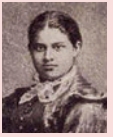
Torn Dutt (1856 – 1877) was a Bengali poet from the Indian subcontinent, who wrote in English and French. She was the third daughter of the family. The Dutt family was a family of distinguished intellectuals and poets. Despite being taught by British tutors, she retained her fondness for Indian culture and sensibilities. ‘Ancient Ballads’ and ‘Legends of Hindustan’ (1882) are her well-known collections of poems in English. She has to her credit a volume of poems in French titled ‘Sheaf Gleaned in French Fields’ (1875). ‘Our Casuarina Tree’, the most well-known of Toru’s poems, was included in her ‘Miscellaneous Poems’.
Our Casuarina Tree Summary in English
Introduction
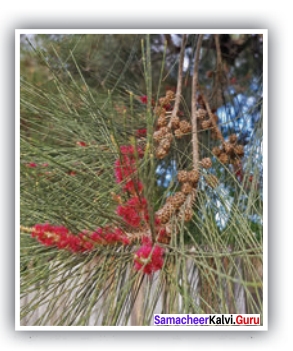
‘Our Casuarina Tree’ is a most celebrated poem of Torn Dutt. The theme of the poem is about last friendships and lost childhood. The Casuarina Tree is the living symbol of their childhood friendship. So, she writes an ode to it.
Description of the tree
The poet recalls that the Casuarina Tree was almost tall enough to touch the stars. It was strong with scars on its trunk. Though the creeper had cut into its trunk, it had given its support like a gentleman, for the creeper to lean and grow.She remembers that the tree was always in full bloom giving room to bees and birds. Throughout her childhood, the tree was seen not only as a paragon of strength but also as gentle and peaceful asylum loved by birds and bees.
Mornings in the company of the Casuarina Tree
She always used to wake up to the sight of the tree. Whatever be the season (i.e.) winter or summer, her mornings would never be complete without seeing the the Casuarina Tree. She had often seen a baboon sitting at its crest. The poet paints a serene picture of the morning. Kokilas sing, cows graze in the pasture and water lillies smile in the spring. But the tree plays the central role in the mornings and in the life of the poet.
Reasons for the bonding between the tree and the poet
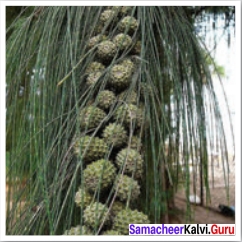
The poet does not hold the tree dear just because of its gigantic structure. There was an emotional bond between her and the tree. She and her friends played under the tree during their childhood days. As she held her childhood friends dear she couldn’t think the tree apart because it had become a living reminder of her precious friends.
Lament of the friendly tree
Whenever the poet was away far in the coasts of Italy or France, she could hear the lament of the tree conveying its grief of feeling her absence. Strolling under moonlight on the sea coasts she could hear the sad song of the tree.It reminded her of the the Casuarina Tree. In moments of tranquil solitude. She travels down the memory lane to the childhood days which are interlinked with the Casuarina Tree. The tree has become an integral part of her life. She moved on. Her friends also did. But the tree is rooted to the same spot as a monument of her pure childhood friendship with her friends
Immortality conferred
Similar to Shakespeare, the poet believes in the ability of her poem to immortalize the Casuarina Tree. She wishes to add it to the list of deathless trees of Borrowdale. She expresses her wish that her love expressed in her poems would confer immortality on the tree. The tree would live forever.
Conclusion
The Casuarina Tree holds a special place in the heart of Torn Dutt because it was under the same tree she and her friends played. Her own younger siblings also had spent a lot of time under the tree. They had died. The tree had become a symbol of their everlasting friendship. So, the tree is endearing to the poet.
Our Casuarina Tree Summary in Tamil
முன்னுரை:
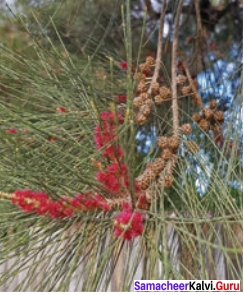
டோரு தத் அவர்களின் மிகவும் (புகழ் பெற்ற) கவிதை ‘Our Casuarina Tree’ “எங்கள் சவுக்கு மரம்” ஆகும். தொலைந்த நண்பர்கள் மற்றும் தொலைந்த குழந்தை பருவம் என்ற கருவை மையமாகக் கொண்ட கவிதை. சவுக்கு மரம் குழந்தை பருவ நட்பின் நினைவுச் சின்னமாகும். இந்தக் கவிதை அந்த மரத்திற்கு சமர்ப்ப ணம்.
மரத்தின் விளக்கம்:
வானத்து நட்சத்திரத்தைத் தொடும் அளவுக்கு சவுக்கு மரம் உயர்ந்து வளர்ந்திருந்தது எனக் கதையாசிரியர் நினைவு கூர்கிறார். அடிமரத்தில் ஆழமான தழும்புகள் காணப்படும் அளவுக்கு முரடான மரம் அது.
| தன்னைச் சுற்றியக் கொடிகளை பெருந்தன்மையுடன் படரவிட்டு கம்பீரமாக பூக்கள் பூக்க, கொத்தாக குலுங்க பறவைகளுக்கும், தேனீக்களுக்கும் இருப்பிடமாக நின்றது அம்மரம் என நினைவு கூர்கிறார்.
சவுக்கு மரத்தடியில் கழிந்த காலை காலைப் பொழுதுகள்:
அதிகாலை கண்விழித்துப் பார்க்கும் போது முதலில் தெரிவது சவுக்கு மரம்தான். எக்காலமாக இருப்பினும், மழைக் காலமோ அல்லது வெயில் காலமோ சவுக்கு மரத்தைக் காணாமல் தன் பொழுது நிறைவடைவதில்லை என்கிறார். உச்சியில் ஒரு வாலில்லாக் குரங்கு மரத்தில் உட்கார்ந்து இருப்பது அவர் அடிக்கடி காணும் காட்சியாக இருந்தது. கவிஞர் அதிகாலை வேலையின் அமைதியை வர்ணிக்கிறார். குயில்கள் கூவுவதும், மாடுகள் புல்வெளியில் மேய்ந்துக் கொண்டிருப்பதும், இளவேனிற் காலத்தில் அல்லிப் பூக்கள் பூத்துக் குலுங்குவதுமே அந்தக் காட்சி. அந்த மரம் கருத்தில் நின்றது அதிகாலை வேலையிலும் மற்றும் கவிஞரின் வாழ்க்கையிலும் எனலாம்.
மரத்திற்கும், கவிஞருக்கும் ஏற்பட்ட உறவின் காரணம்:
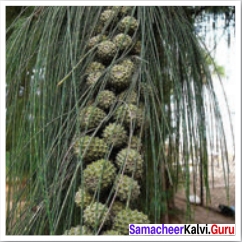
மரத்தின் பிரம்மாண்டத்திற்காக மட்டும் அவர் அதன்பால், ஈர்க்கப்படவில்லை . இருவருக்கும் | இடையே உணர்ச்சி பூர்வமான நெருக்கம் இருந்தது. | கவிஞரும் அவர் தோழிகளும் அம்மரத்தடியில் குழந்தைப் பருவத்தில் விளையாடி உள்ளனர். தன் சிறு வயது தோழிகள் போலவே அவர் அந்த மரத்திற்கும் தன் இதயத்தில் இடமளித்திருந்தார். அவர் அந்த மரத்தைப் பிரித்து பார்த்ததே இல்லை. ஏனெனில், அது தன் தோழிகளை நினைவூட்டும் அது சின்னமாக அமைந்துவிட்டது.
அன்பார்ந்த மரத்தின் புலம்பல்:
அம்மரத்திடம் இருந்து தூரமாக இத்தாலியிலோ, | பிரான்ஸ் நாட்டிலோ இருந்தால் அந்த மரம் கவிஞரை காணாமல் அழுது புலம்புவது கேட்பதாக கூறுகிறார். நிலவொளியில் கடலோரம் நடக்கும் போது அம்மரம் வேதனையோடு பாடும் பாட்டு சத்தம் கேட்பதாகக் கூறுகிறார். அந்தத் தருணங்கள் சவுக்கு மரத்தை நினைவு கூர்ந்தன. தனிமையில் அங்ஙனம் தோன்றுகிறது என்கிறார். தன் | நினைவுப் பாதையில் கீழிறங்கிச் செல்கையில் சிறு | பருவத்தில் சவுக்கு மரத்துடன் உண்டான நெருக்கத்தை நினைவு கூர்கிறார். இளம் பருவத்தில் காச நோயால் மரணம் அடைந்த தனது
சாகாவரம் பெற்றது:
சேக்ஸ்பியர் போல் தன் கவிதை வாயிலாக சவுக்கு மரம் சாகாவரம் பெறக் கூடும் என நம்புகிறார். வேர்ட்ஸ்வெர்த்தின் பொர்ரோடேலின் (Borrowdale) சாகாவரம் பெற்ற மரங்களின் வரிசையில் இதையும் சேர்க்க விரும்புகிறார். இந்த மரம் சாகாவரம் பெற்று வாழும்.
முடிவுரை:
சவுக்கு மரம் டொரு டத்தின் மனதில் ஓர் அரிய இடத்தைப் பிடிக்கக் காரணம் அவரும் அவர் தம் தோழிகளும் அதன் அடியில் விளையாடியதே எனலாம். அந்த மரம் அவர்களின் நிரந்தரமான தோழமையின் அடையாளமாகத் திகழ்ந்தது. அதனால் தான் அம்மரம் கவிஞரின் அன்புக்குரியதாய்த் திகழ்ந்தது.
Our Casuarina Tree Glossary
Textual:
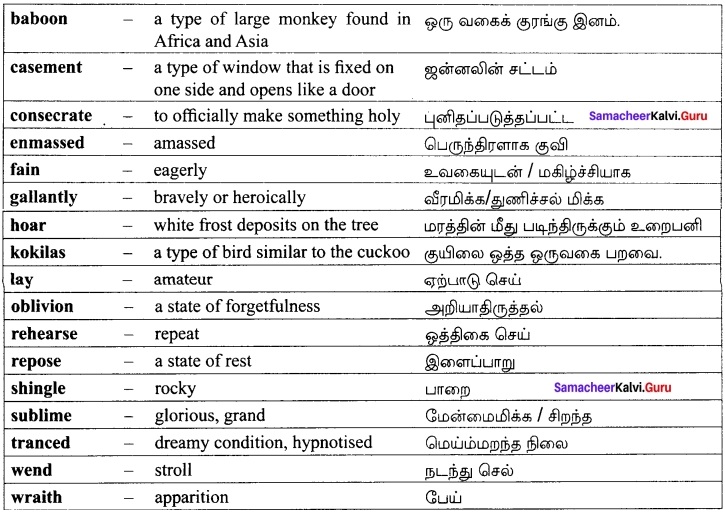
Additional:
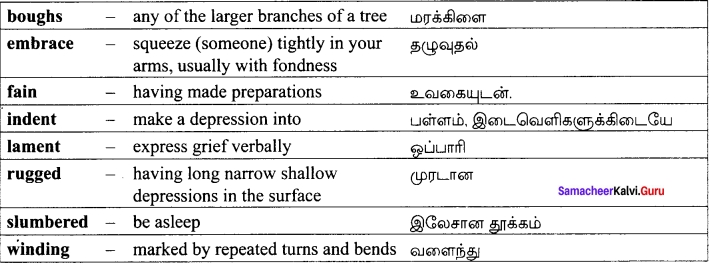
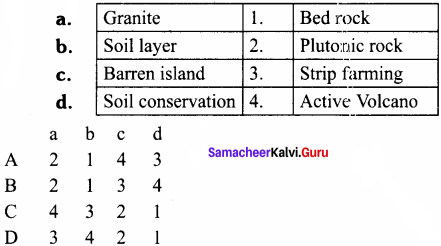 Answer:
Answer: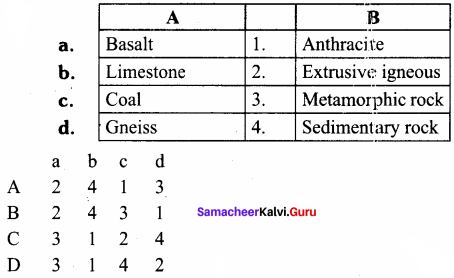
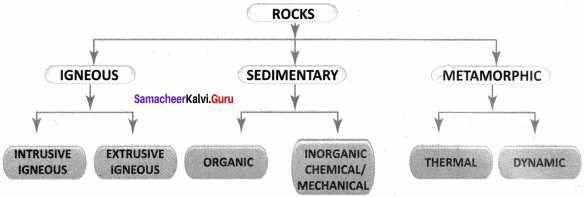
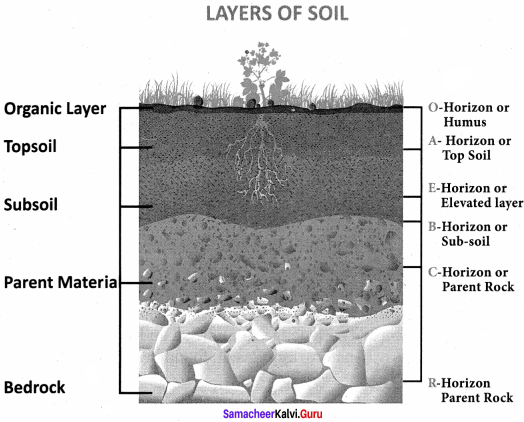
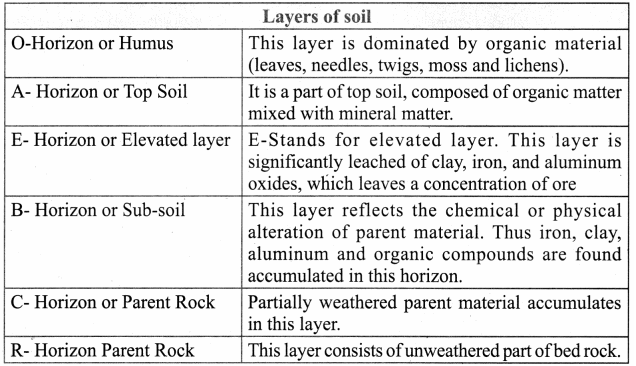

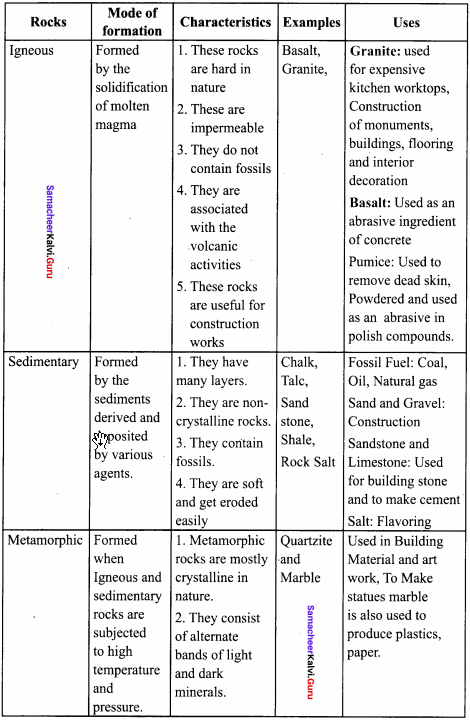
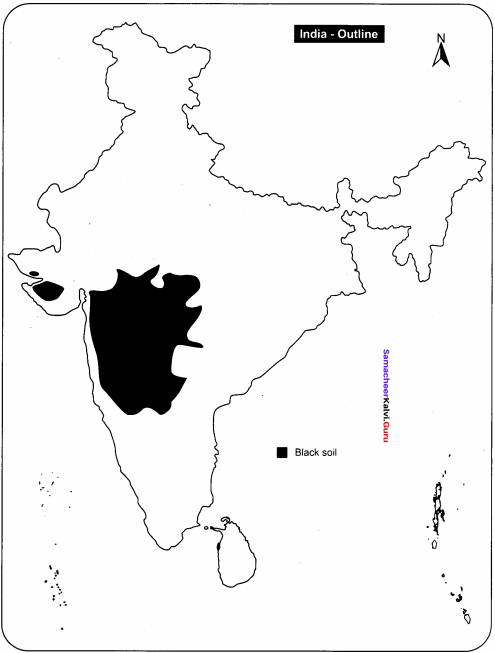

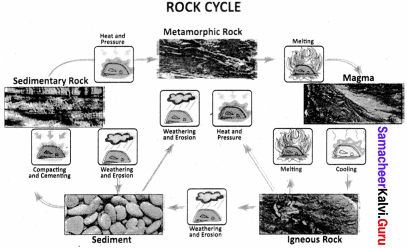
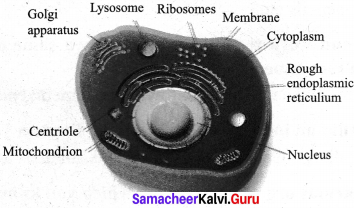
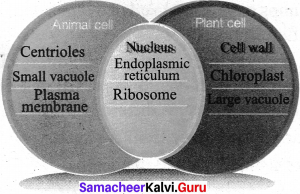
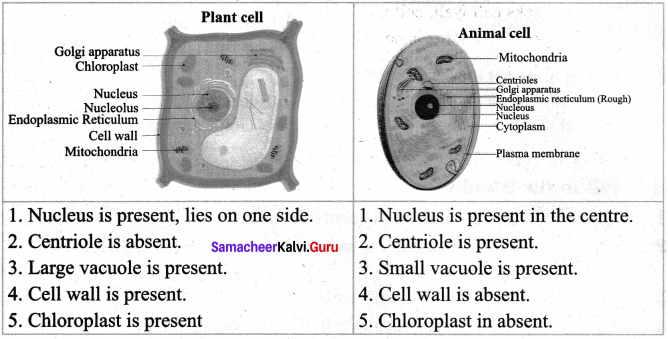

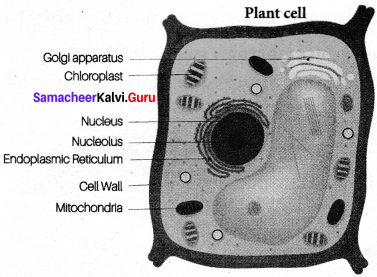
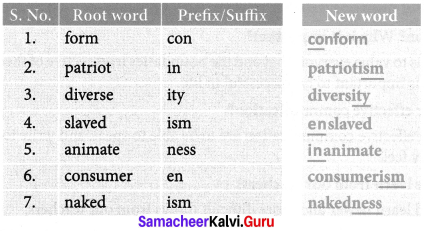

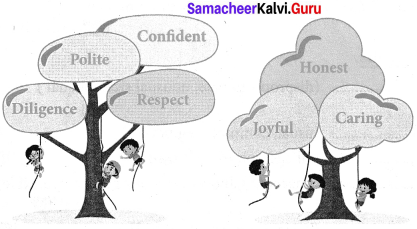
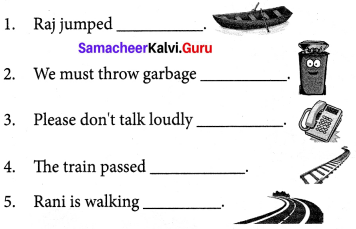
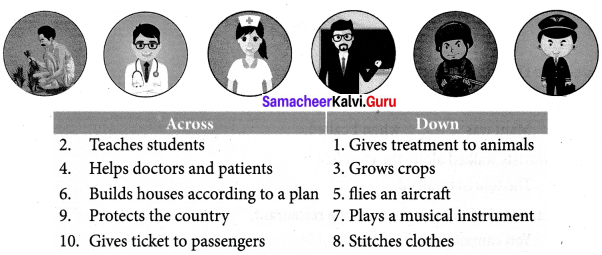
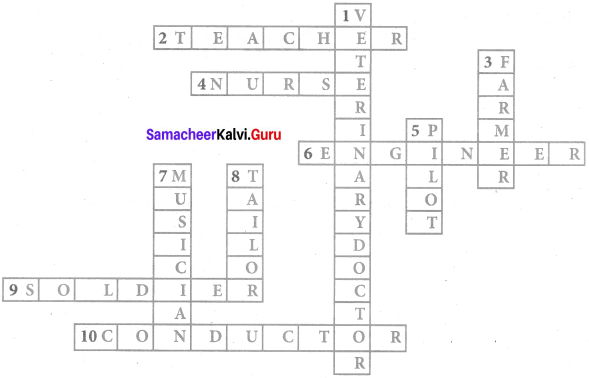
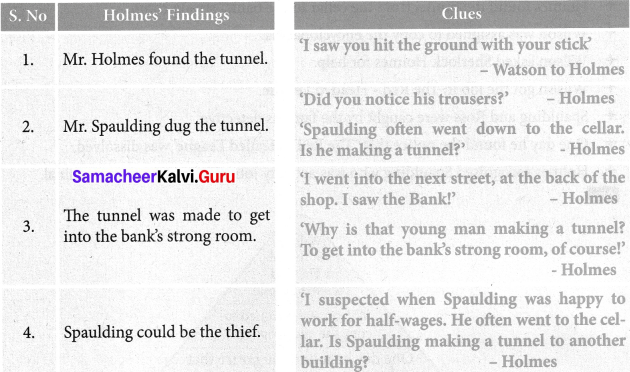
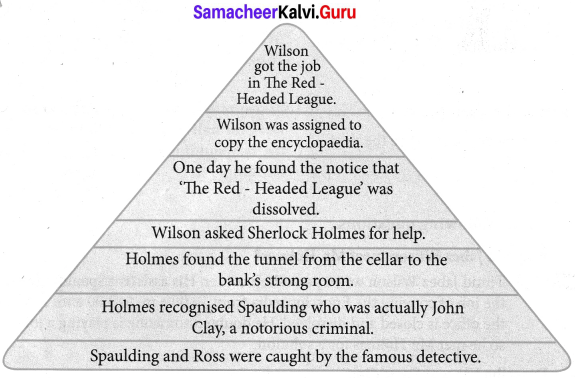
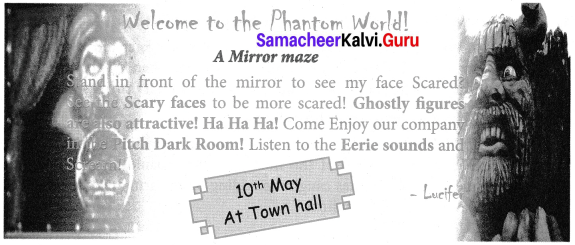
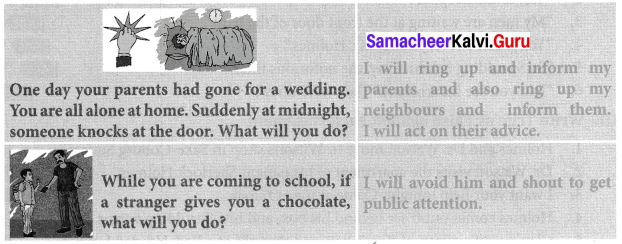
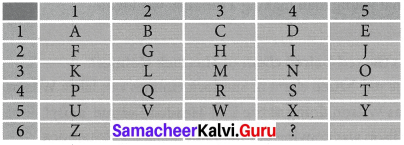

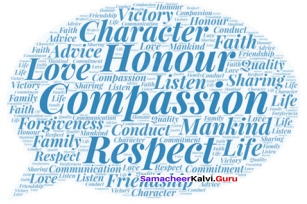
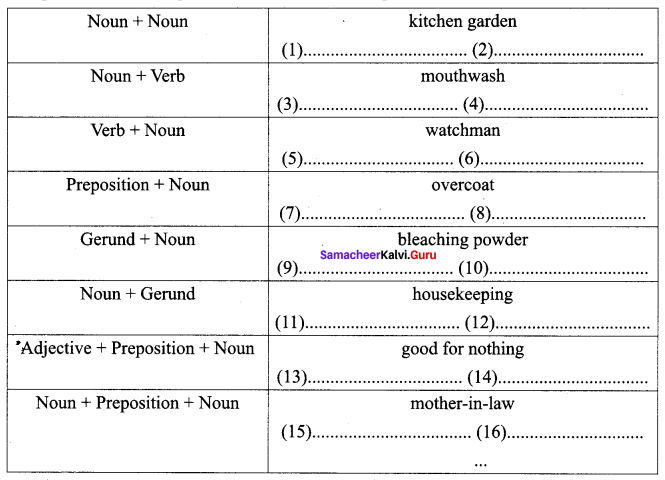

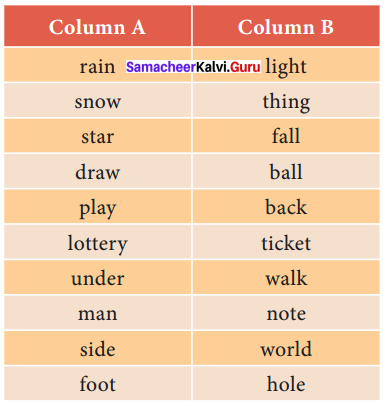
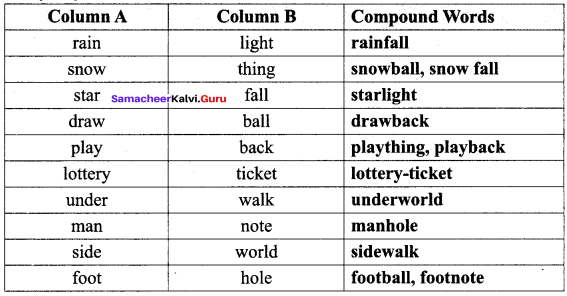
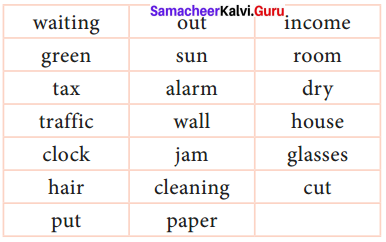
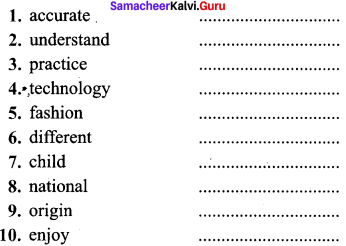
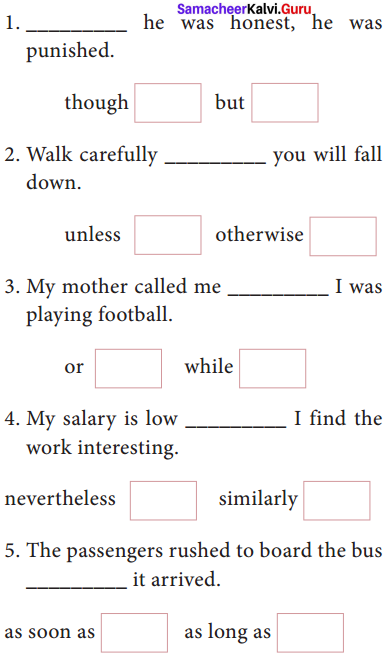
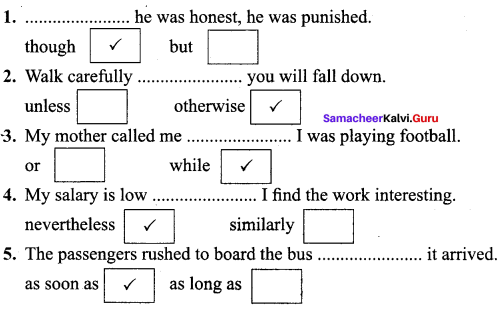
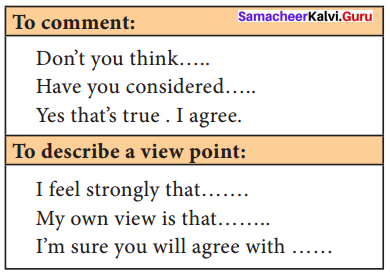
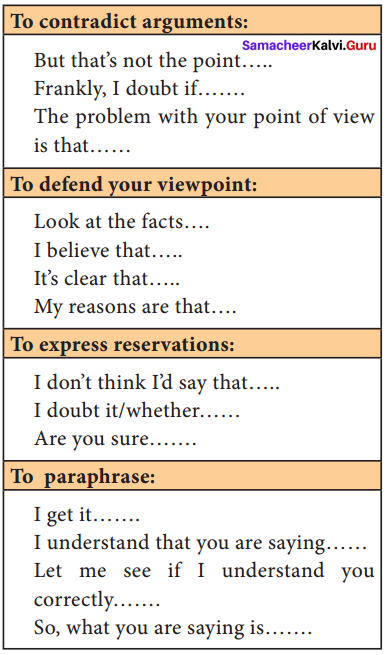
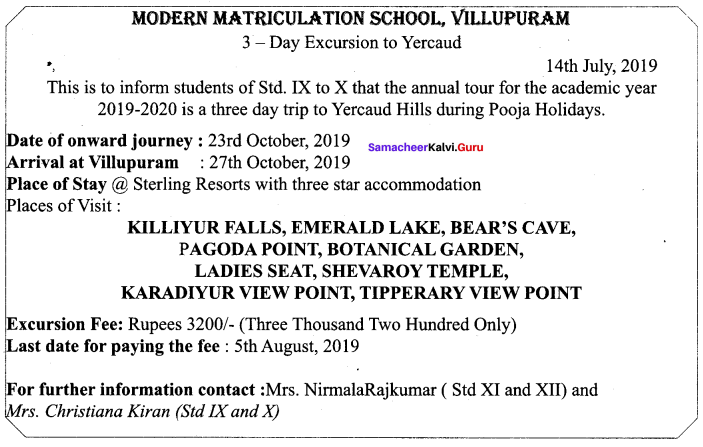
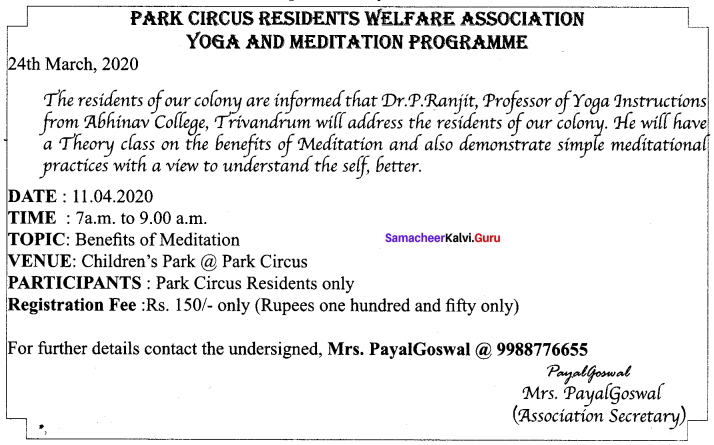
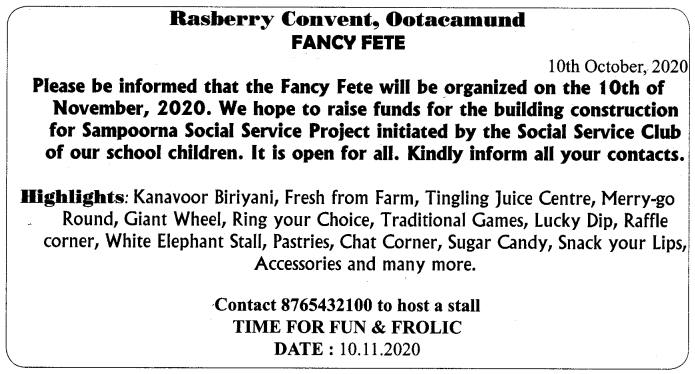
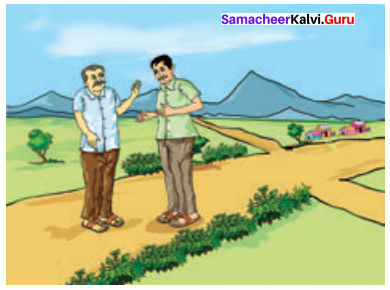
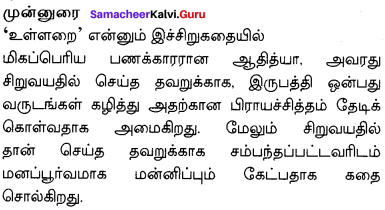
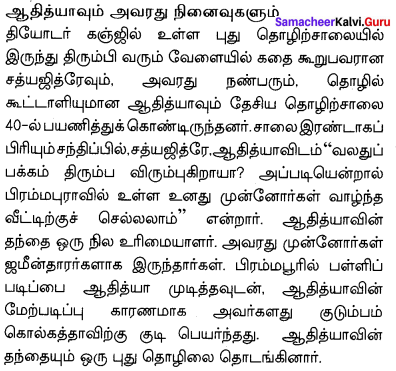
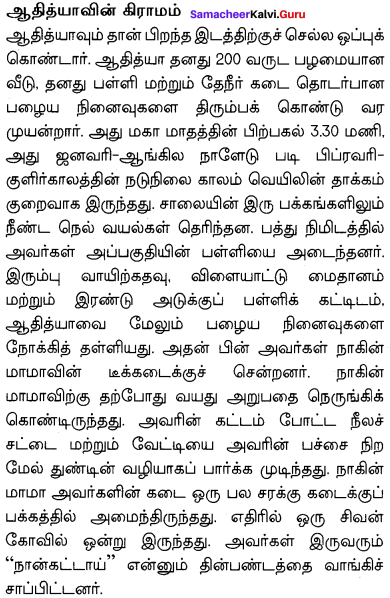
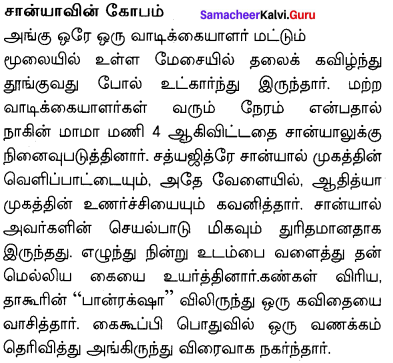
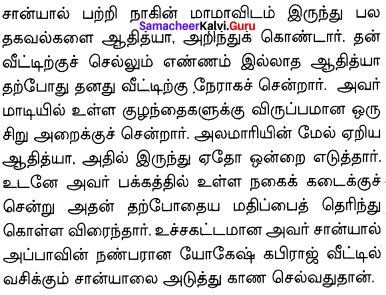
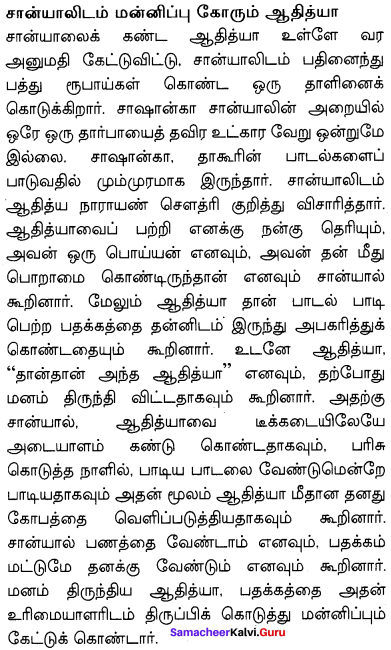
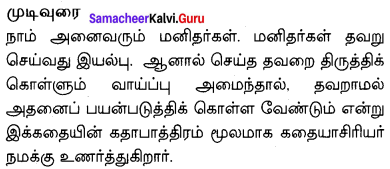
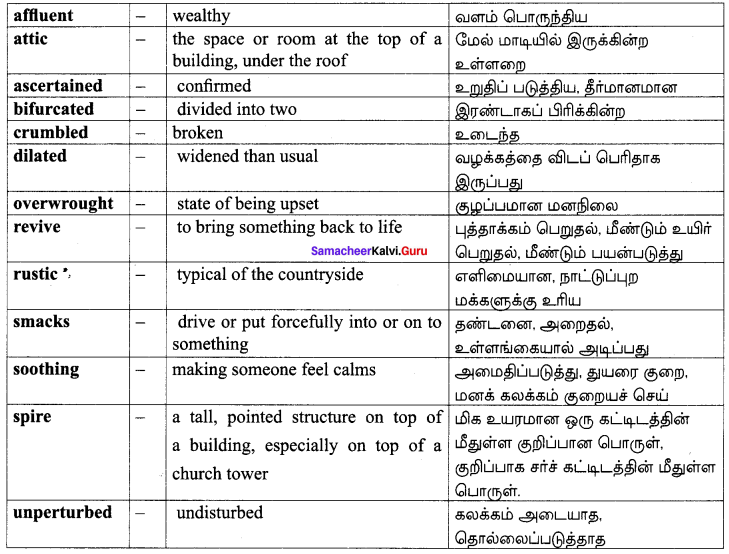


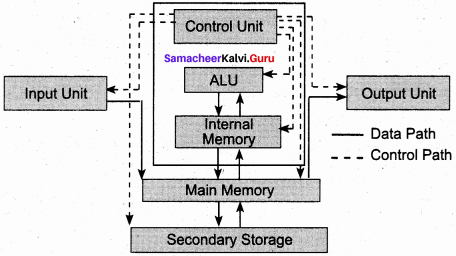
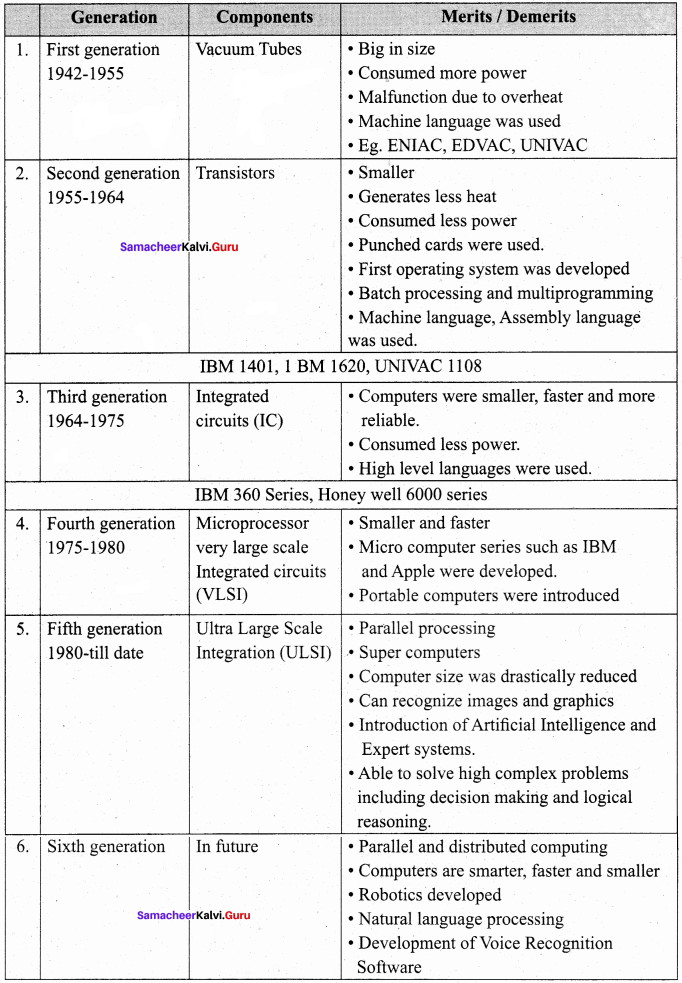



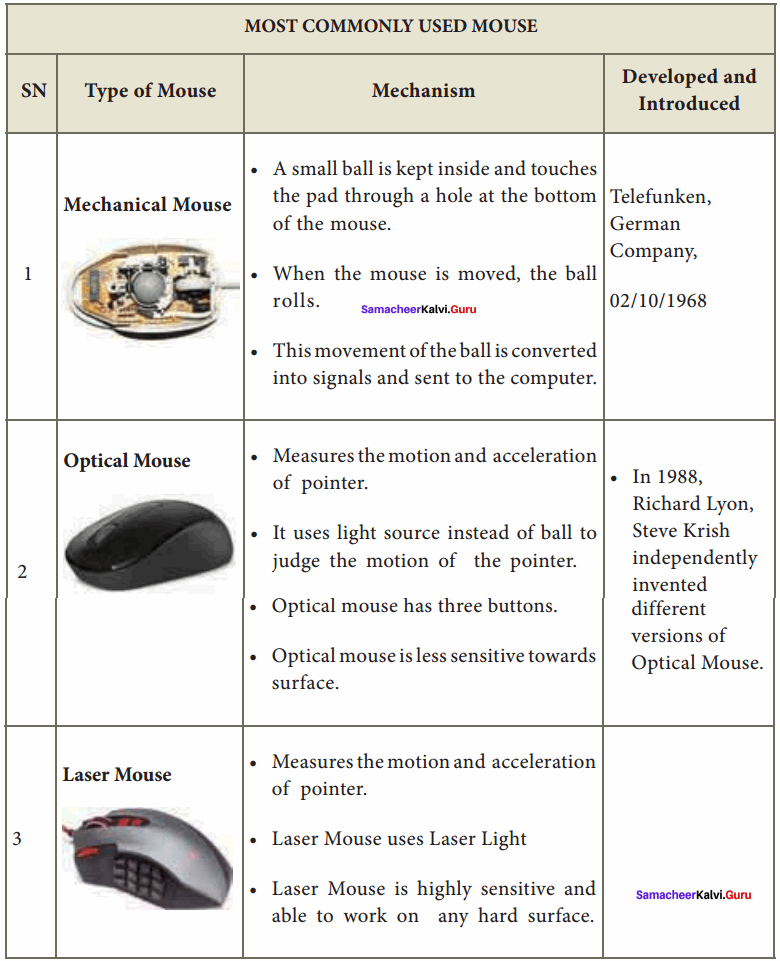
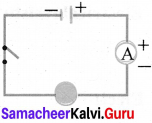
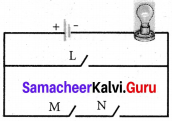

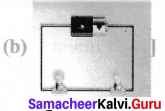

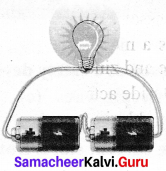
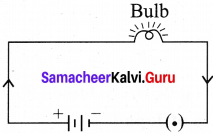
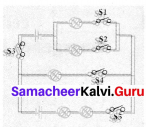
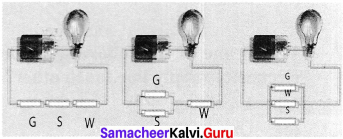
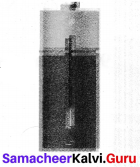

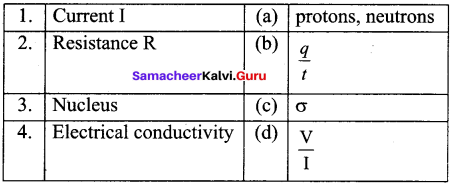







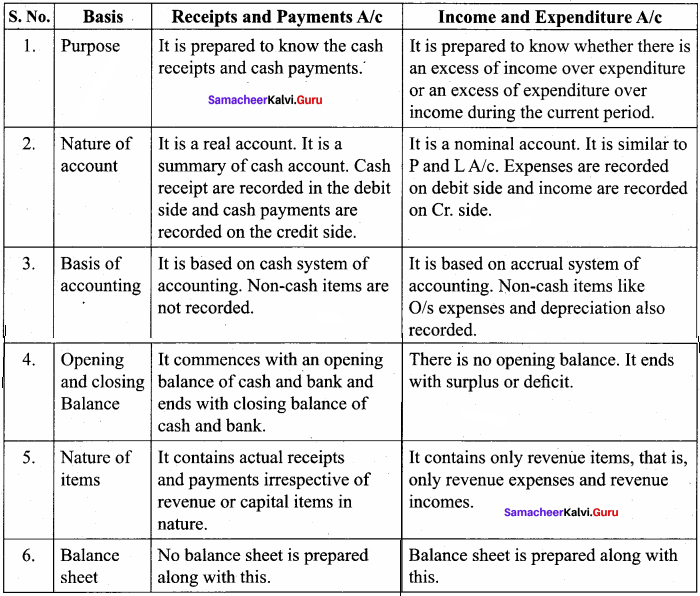

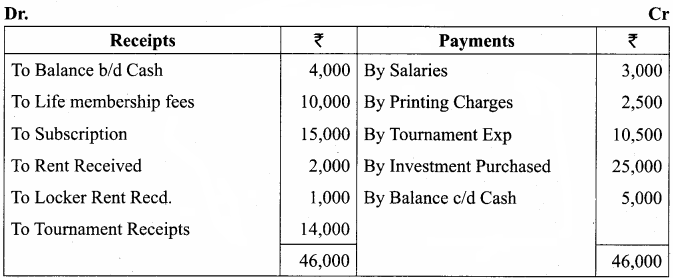
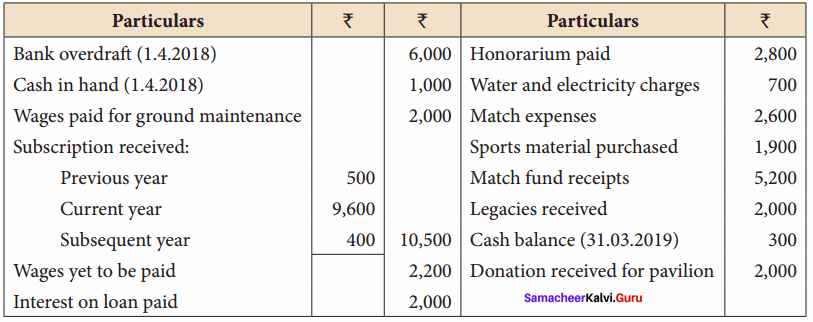
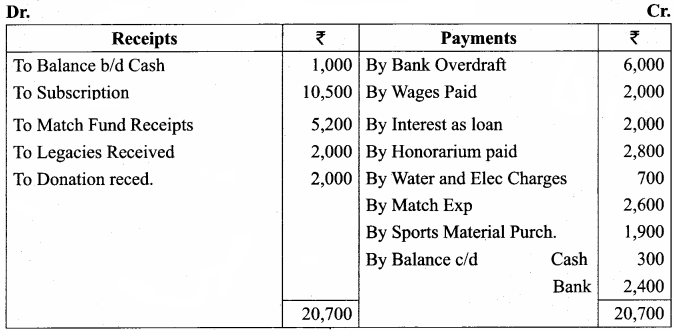
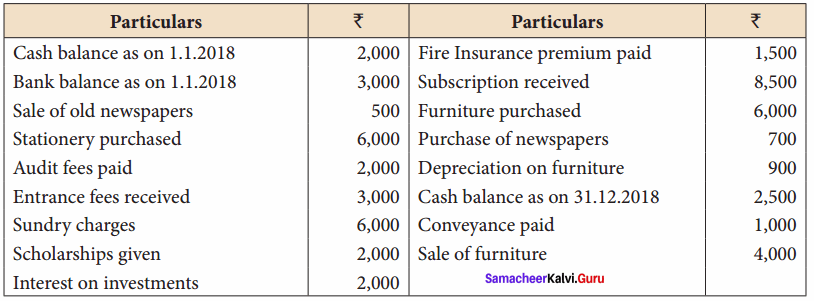
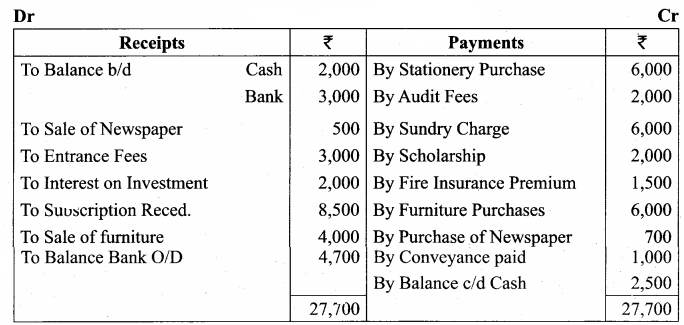
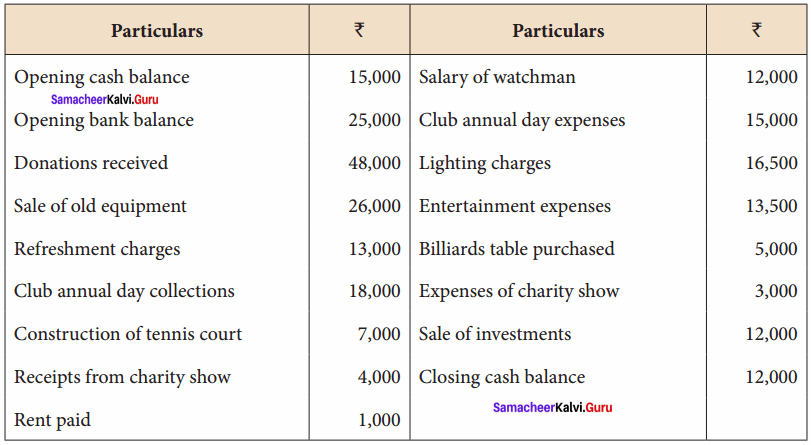
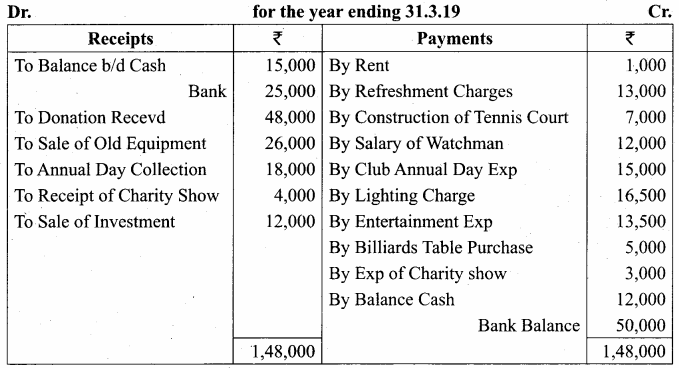
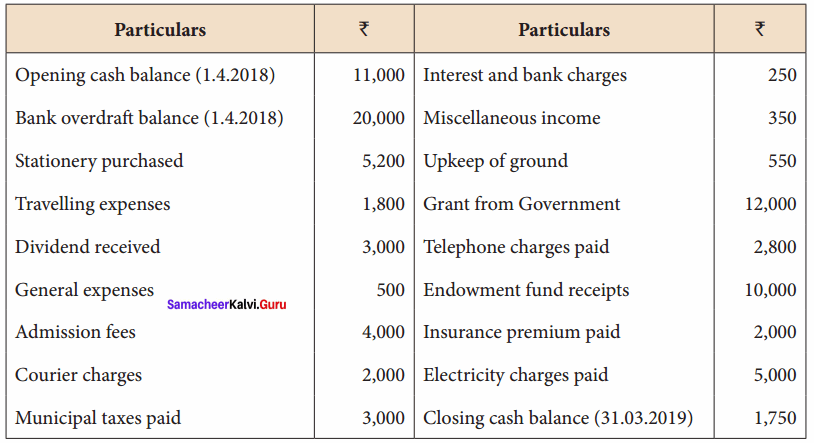
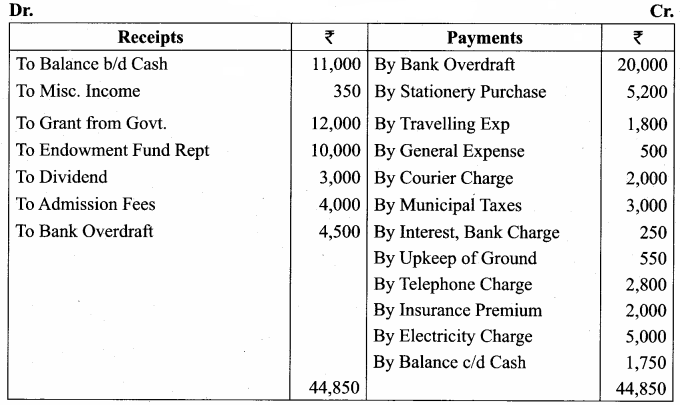
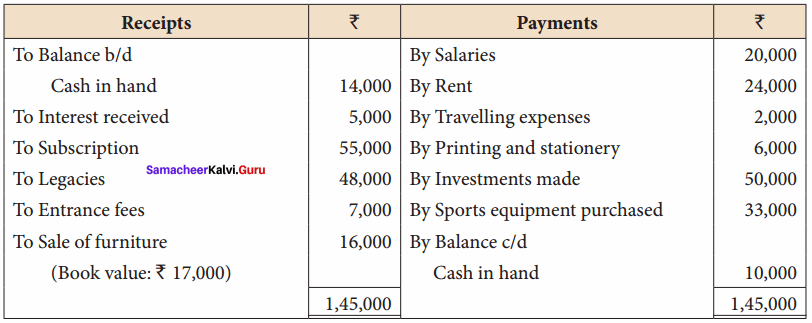
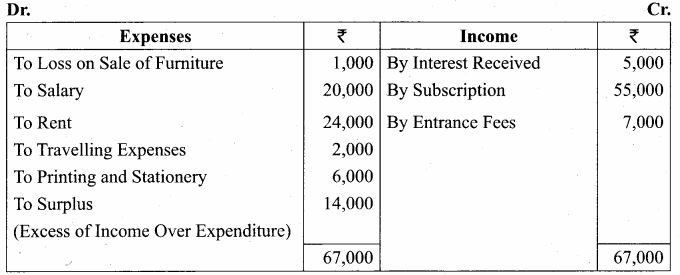
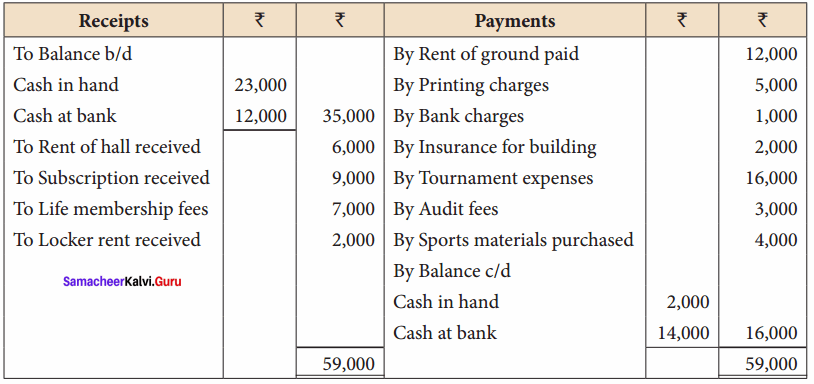
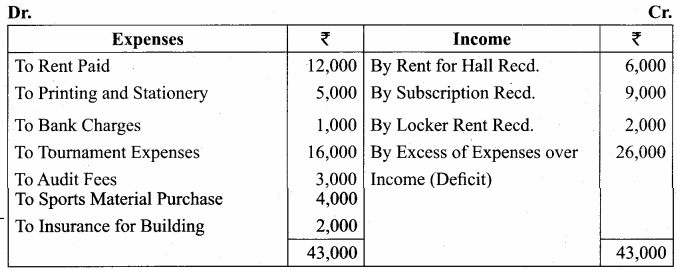





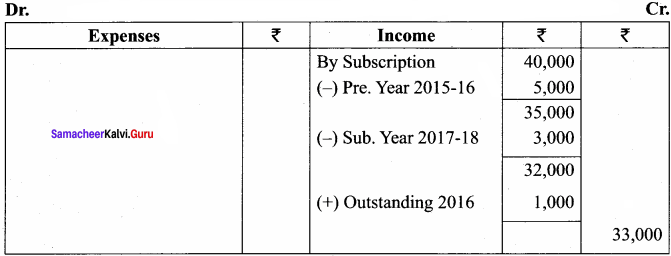 Balance Sheet as on 31.03.19
Balance Sheet as on 31.03.19

